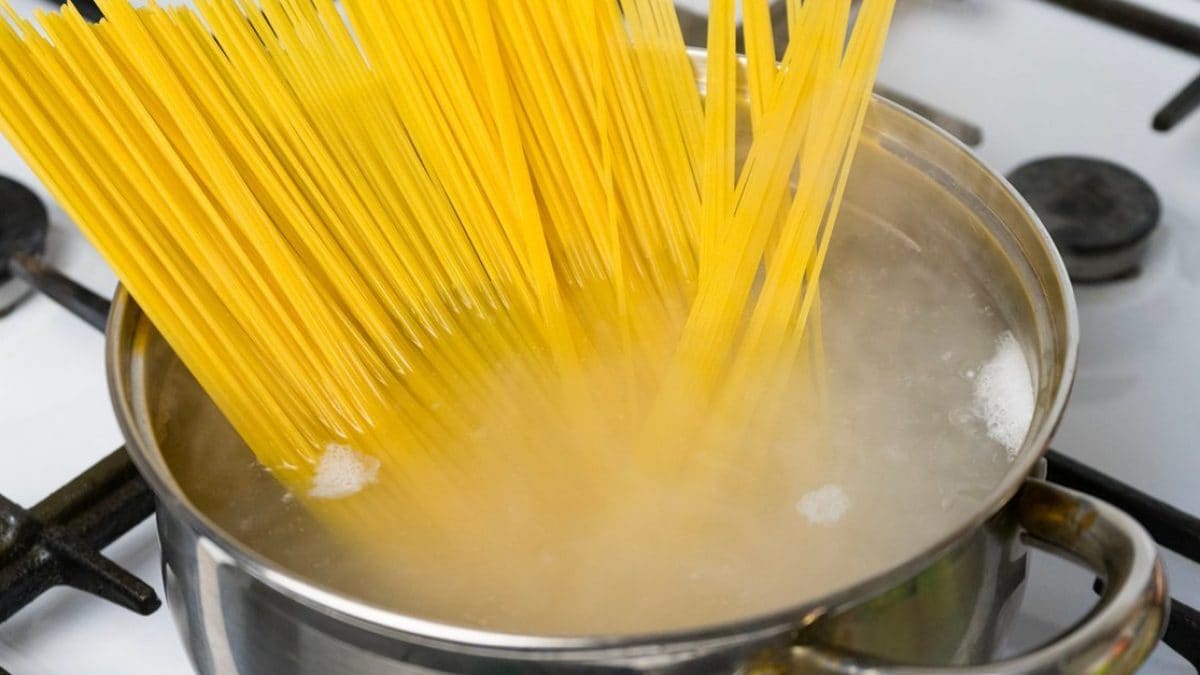
Preparing a plate of pasta is one of the most common gestures, almost a daily ritual. It is such an automatic operation that it is often performed with ease, certain of always knowing what to do. Yet, even in such a simple preparation rooted in the gastronomic culture, mistakes are around the corner and compromise the final result: it has happened to everyone to obtain overcooked pasta (which can still be recovered, in an anti-waste key), or practically raw, disconnected from the ingredients with which it is accompanied, tasteless or very salty. These are mistakes due to haste, carelessness or perhaps details that have always been underestimated. Below, let's do a nice review, with some advice and tricks for cooking a plate of pasta to perfection.
Mistakes to Never Make
Let's start with the mistakes: some happen even before turning on the stove. Just think about the choice of pasta: the quality is not the same on the market, and choosing a good product is already a step forward to have the right cooking resistance and the ability to retain the sauce. The format also has its importance, as it is capable of enhancing the sauce: spaghetti, bucatini, penne or rigatoni are not put in randomly.
Using pots indiscriminately is a disadvantage. The size must be calculated based on the quantity and type: the pasta needs to “move” and must not stick together. Closely related to the previous one, we find the mistake of using too little water: the correct proportion is 1 liter for every 100 grams. Often, in fact, we tend to skimp, with the consequence that the pasta releases too much starch, cooking badly. And salt? It has to do with one of the most frequent doubts, that is, what is the right moment to add it: it should be added only when the water reaches boiling point, not before and not after throwing in the pasta.
Remove the lid during cooking: this prevents the risk of the water overflowing, the heat being distributed too quickly and it is easier to monitor the state of things. The pot and its contents should never be abandoned: stir, especially in the first moments after you throw in the pasta, and always taste before draining. Respecting the times indicated on the package is essential, but remember that they are indicative and that each time you prepare a plate of pasta it is a story in itself.
Tips and Tricks for Cooking Pasta to Perfection
That said, let's start by saying that cooking pasta is not complicated, but it does require a little care to bring a textbook dish to the table. Here are some tips and tricks to keep in mind when you get down to work.
1. Choose a Quality Pasta
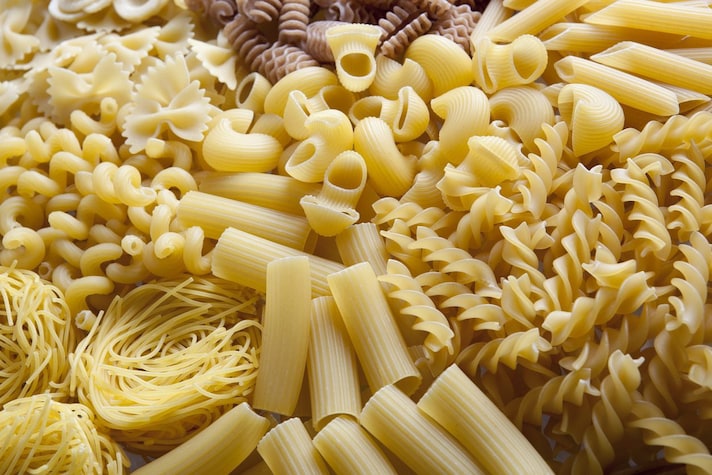
Starting from a quality raw material is a general rule to apply in the kitchen. Good pasta can be purchased at the grocery store, paying attention to the label: for example, bronze-drawn and slowly dried types are generally considered superior products, as they require quality semolina to be worked, obtaining roughness and porosity that bind with the seasoning. Also pay attention to the protein level, which is important for cooking: do not go below 12%. Finally, a brand that focuses on organic can ensure the absence of possible chemical substances that are potentially harmful to humans and the environment, such as glyphosate.
2. Match the Format to The Seasoning

It could be said that every sauce has its ideal format: thick and full-bodied ones lend themselves to ridged pasta, which absorbs them, while more fluid condiments are better received by long formats, such as spaghetti and linguine, which enhance their natural creaminess. For rustic sauces, space for short formats, including penne and rigatoni that incorporate the coarser parts and egg pasta, with a tough structure. If you are undecided, the classics come to your aid: from spaghetti with clams to trofie with pesto, passing through pasta alla zozzona, penne with salmon and tagliatelle with ragù.
3. Manage Water and Salt
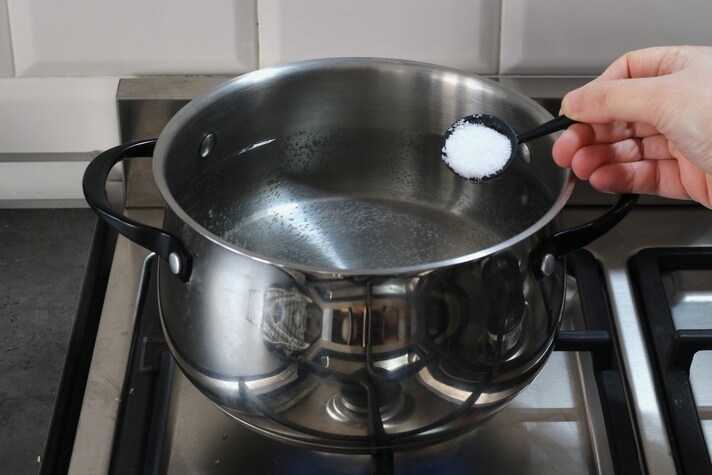
These are the two “ingredients” that accompany the pasta in its cooking: as regards the water, the recommended proportion is one liter for every 100 grams of pasta. Depending on the quantity you need to cook, choose a pot with the right capacity, without underestimating the format: if for the penne a low-sided one is fine, the spaghetti and other long formats need to be completely immersed and therefore a taller pot is needed, which contains them without breaking them, ça va sans dire. The salt, on the other hand, should be added when the water boils: coarse salt is used and, indicatively, the doses should be 10 g for every liter of water or 7 g for every 100 g of pasta.
4. Respect the Cooking Times
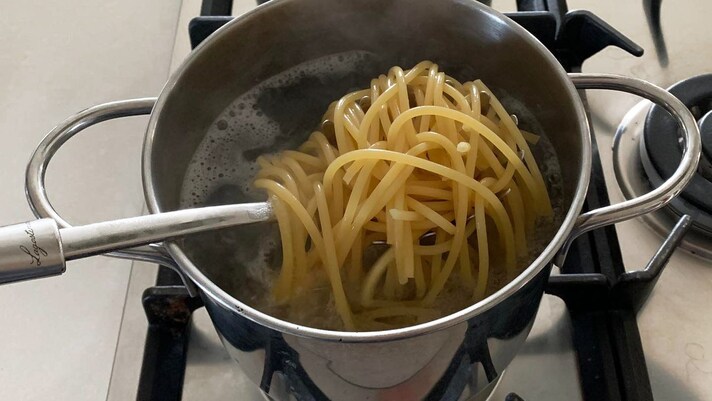
The times indicated on the package should never be exceeded: what you can do is remove the pasta in advance because even after being drained it continues to cook: this is advantageous when you want to finish cooking it in the pan where the sauce was made. Otherwise, when the pasta is ready according to the indicated minutes, check by tasting it. Getting a timer and setting it a couple of minutes before can help you check the yield.
5. Save the Cooking Water
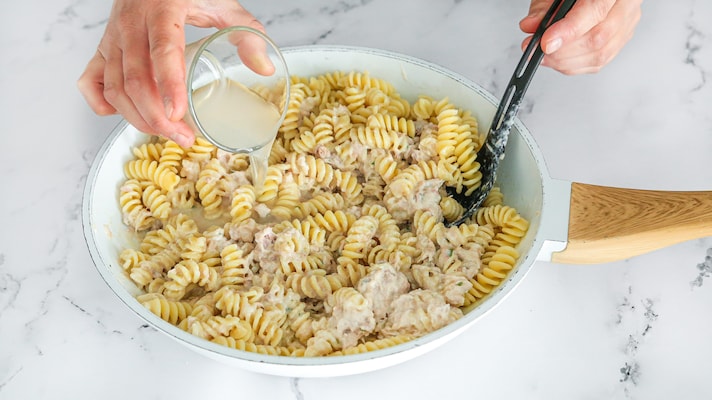
The cooking water is rich in starch, which acts as a natural binder, and helps to dilute the most compact sauces: when you drain the pasta, always keep at least 200 ml in a cup. It is invaluable both for stirring on the stove, and for mixing those condiments that are strictly made raw, one above all the Genoese pesto. In this case, proceed by draining the pasta, transferring it to the bowl with the sauce and mixing it, adding a little water to reach the desired consistency.
6. Beware of False Myths
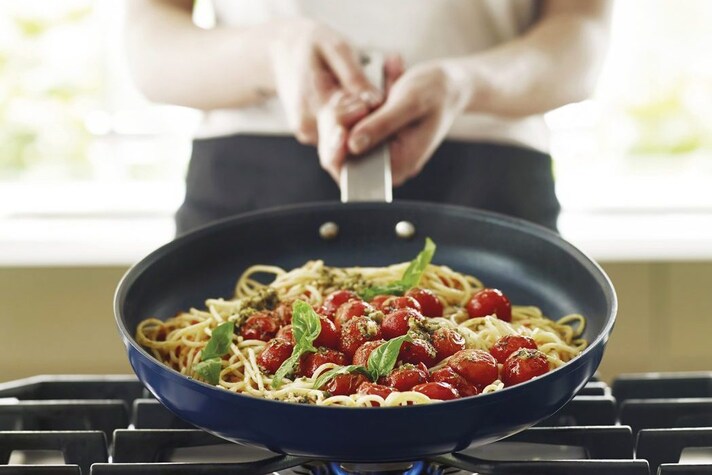
When you drain, make sure the sauce is ready because the pasta must be dressed while still hot. If it is cold pasta, however, never put it under running water to cool it: pour it into the colander a couple of minutes before the final time and let it rest at room temperature, pouring a little oil and stirring, so it does not become sticky. Oil in this case is a good ally. There are those who add it even while the pasta is cooking, thinking that this will prevent it from sticking, but it is a useless practice – the fat rises to the surface – although widespread.
;Resize,width=767;)
